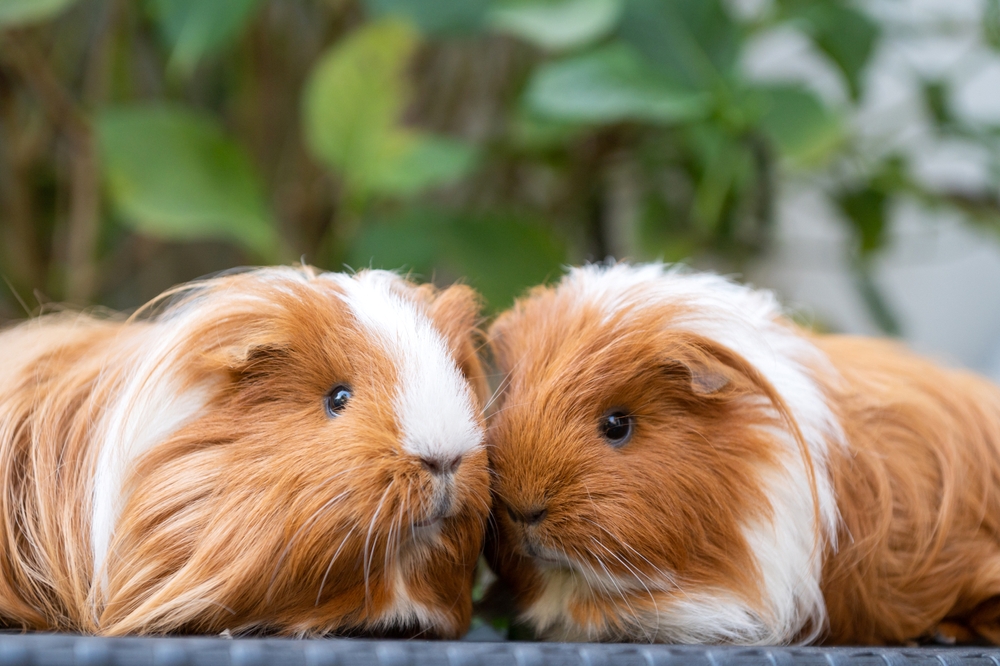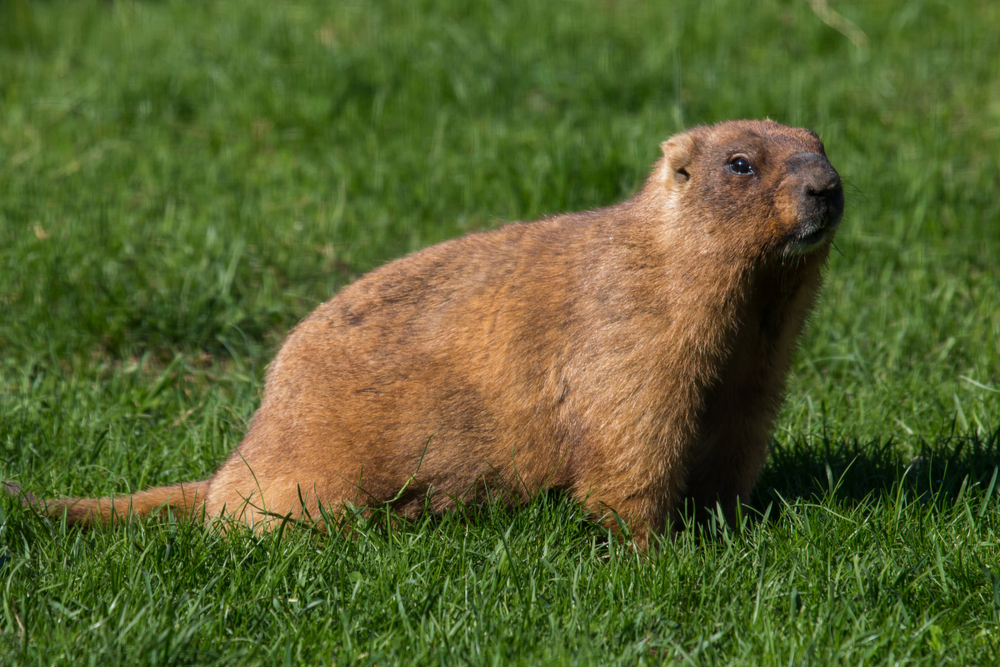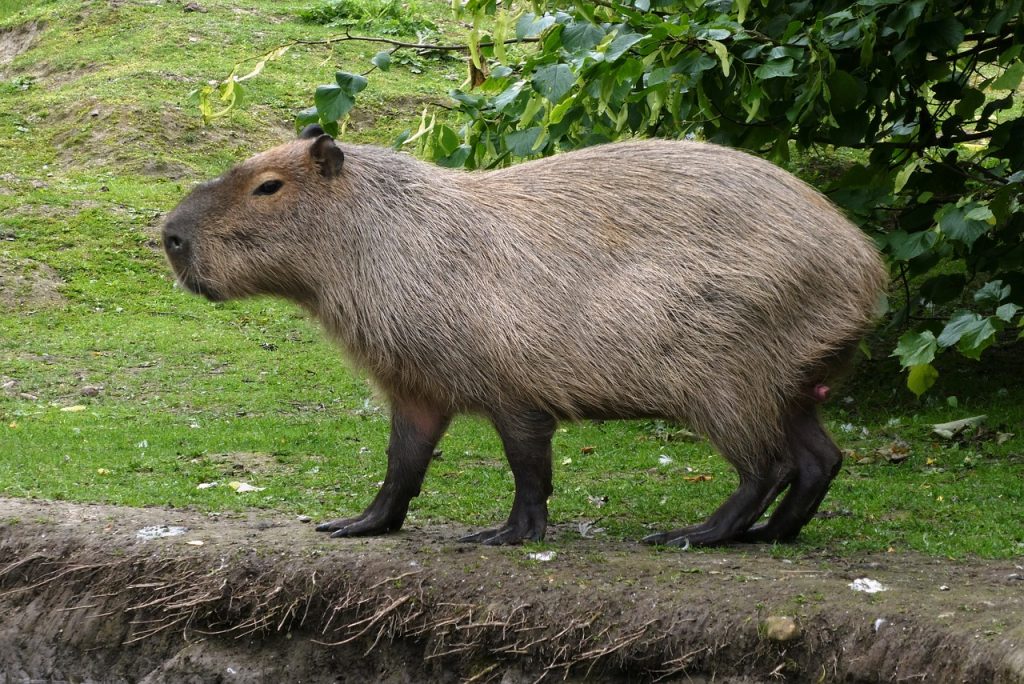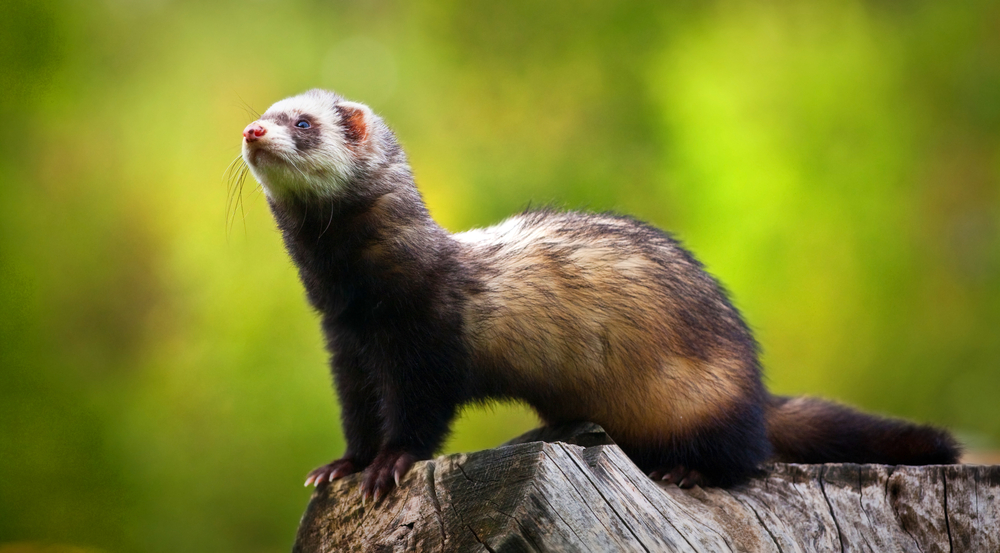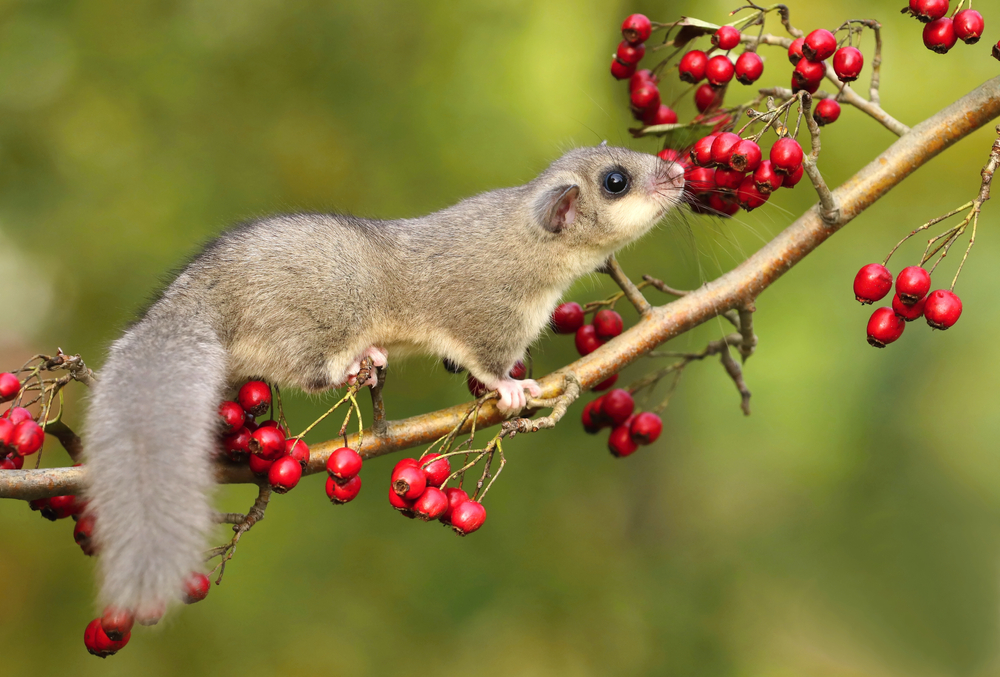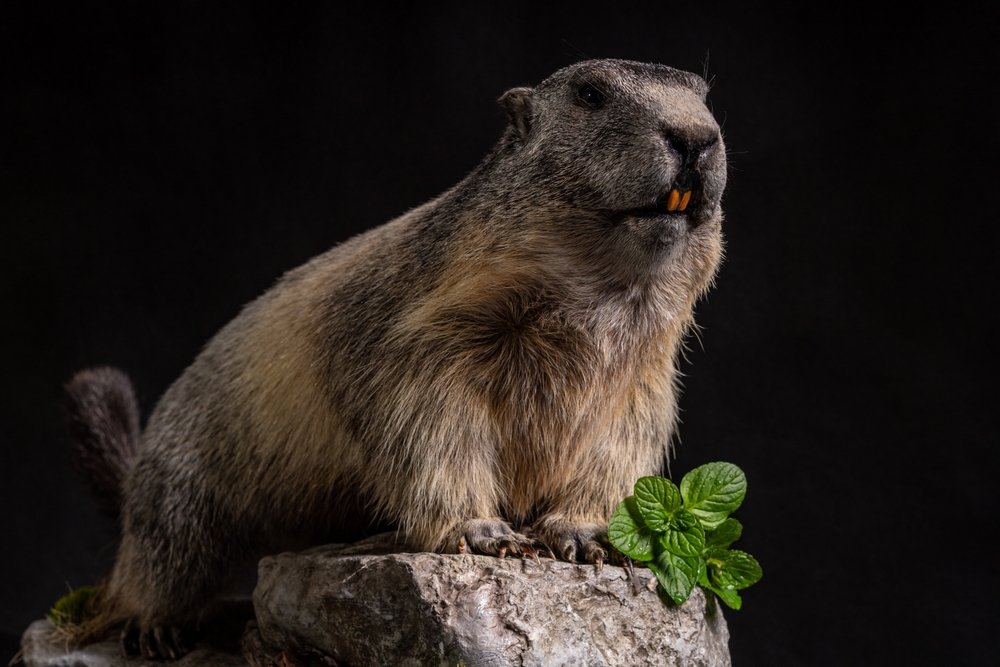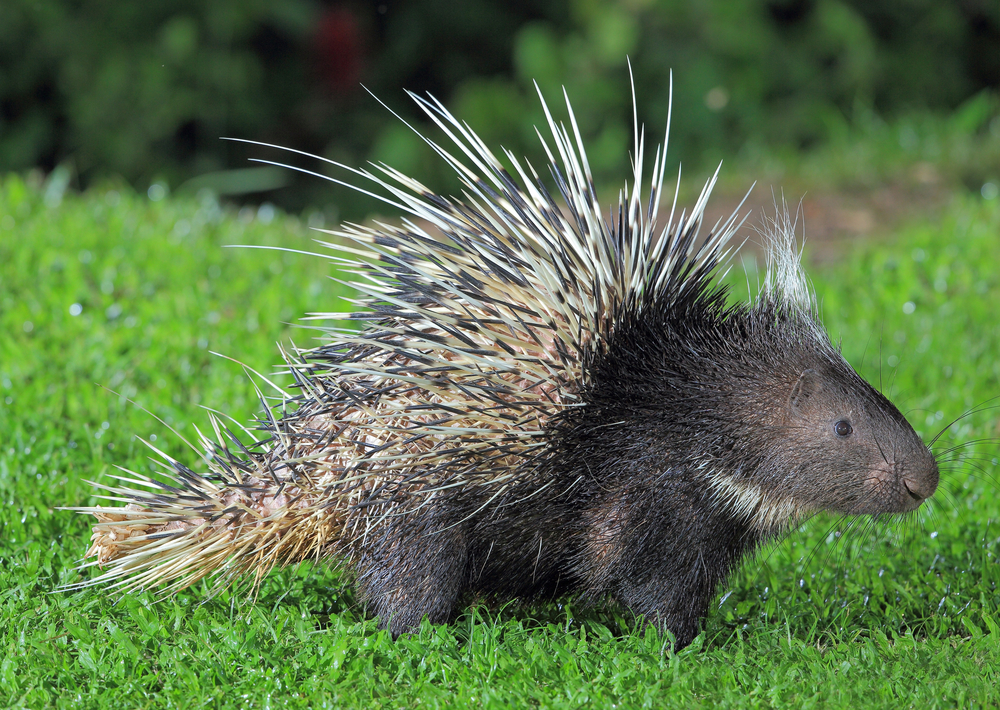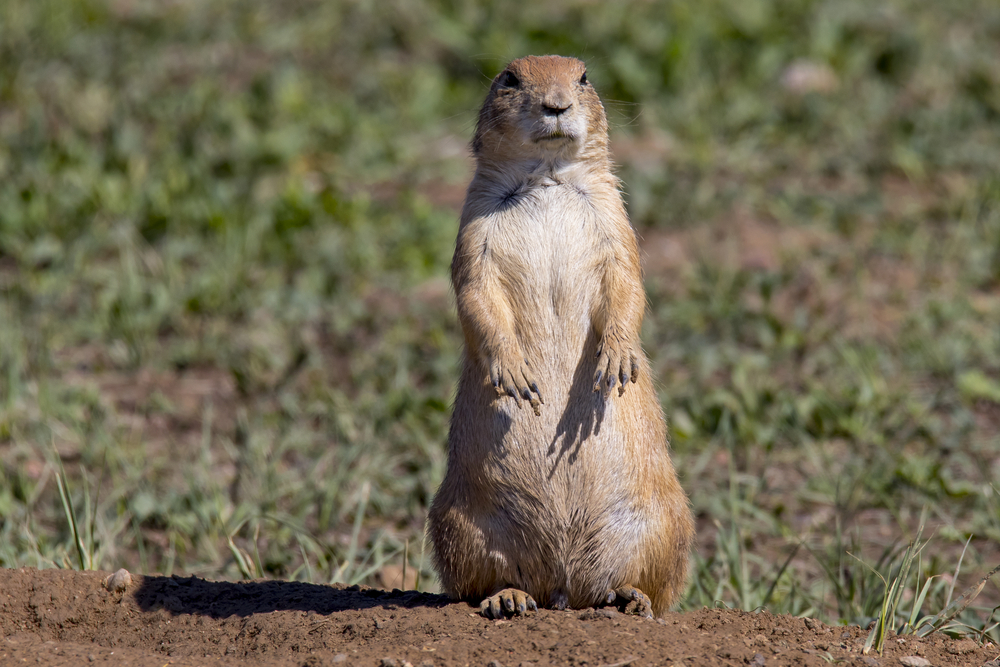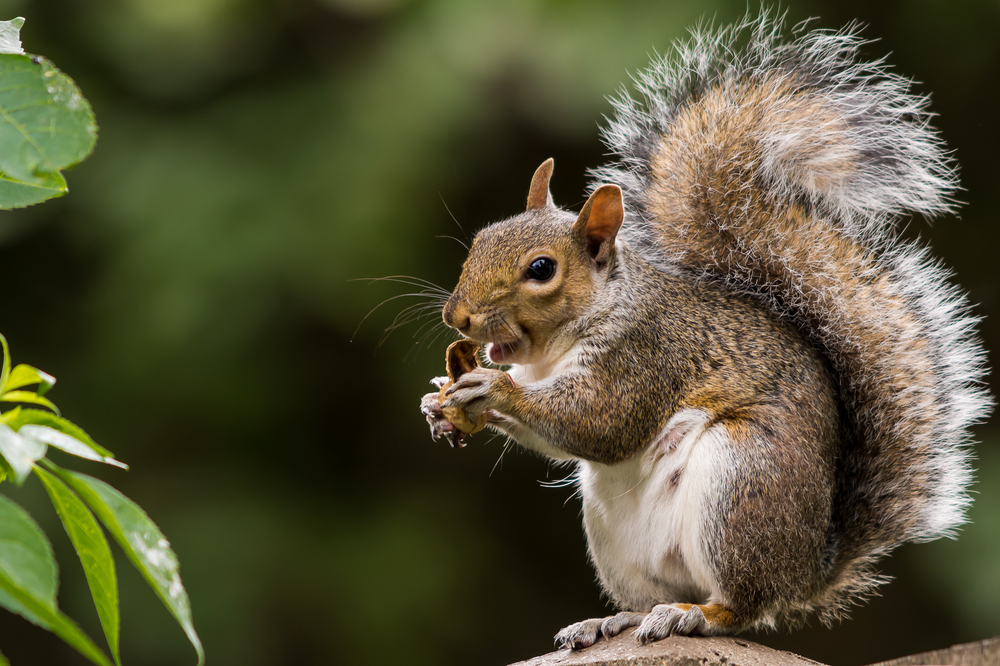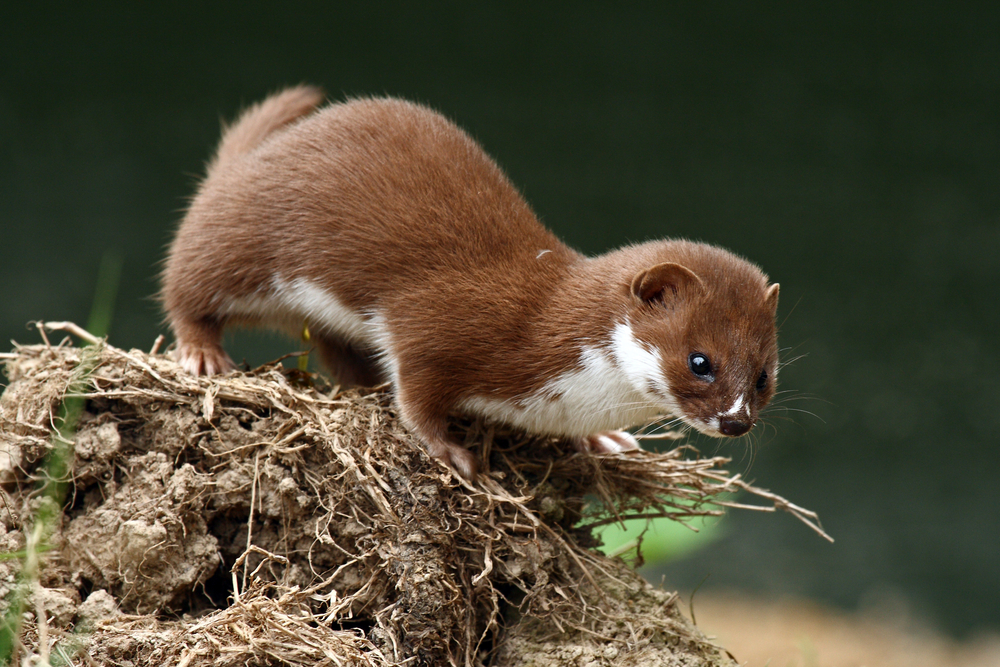About
#Rodent
The guinea pig (Cavia porcellus) is a small, tailless rodent originally domesticated in the Andes of South America. Belonging to the Caviidae family, guinea pigs are not pigs nor from Guinea—their name likely derives from a combination of misunderstanding and colonial trade routes. For centuries, they have been kept as domesticated animals, both as a food source in parts of South America and as beloved pets around the world.
Guinea pigs typically weigh between 700–1,200 grams (1.5–2.6 pounds) and measure 20–25 cm (8–10 inches) long. They have stout bodies, short legs, and large eyes, with a wide range of coat types and colors bred for aesthetic variety. Unlike many rodents, they do not have tails and are not natural climbers, preferring to stay grounded in open spaces.
Highly social and vocal, guinea pigs thrive in groups and communicate with a repertoire of sounds—squeaks, purrs, whistles, and chirps—each with distinct meanings. Their diet consists mainly of hay, fresh vegetables, and vitamin C-rich supplements, as they, like humans, cannot produce their own vitamin C. A deficiency can lead to scurvy, making diet management crucial in captivity.
Guinea pigs do not hibernate and are active year-round. Their friendly temperament and ease of handling make them ideal pets, especially for children, though they require daily care, gentle handling, and social interaction to remain healthy and happy.
Still used in traditional medicine and religious ceremonies in the Andes, guinea pigs also serve as model organisms in scientific research. Whether as cultural symbols, lab animals, or household companions, guinea pigs are among the most widely recognized small mammals worldwide.
Threatened:
Extinct
Critically Endangered
Endangered
Vulnerable
Near Threatened
Least Concern



































































